Not long ago I went for a drive up to the northern tip of Umbria, in the Upper Tiber Valley near the town of Sansepolcro, not far from where Umbria, Tuscany and Marche all meet. Why? Well firstly because it was quite hot, so the prospect of spending much of the day in an air-conditioned car had its attractions. But the main purpose was to visit a place called Cospaia, whose history sounds like something out of a Peter Sellers film.
Pliny the Younger
But before I got to Cospaia I set the GPS for a town called San Giustino, where there is an archaeological site I wanted to see – the villa of Pliny the Younger. The nephew and adopted son of – you guessed it – Pliny the Elder, this Roman historian did the right thing by history. Possibly knowing that attribution of ownership to a building was going to be difficult two thousand years later, Pliny the Younger took the precaution of having his initials moulded into the bricks of which his villa was to be made (not “PTY” but “CPCS”: Caius Plinius Caecilius Secundus).
PTY’s main contribution to history is the large number of his letters which survive, in some of which he describes the death of his uncle (PTE) who was killed while trying to organise the rescue of people from Pompei. PTY’s detailed descriptions of the eruption of Vesuvius, which he witnessed from across the bay, are the main source of contemporary information about what happened, and as a result that type of volcanic eruption is still technically known as “Plinian”.
It’s mildly embarrassing to acknowledge that I first encountered PTE not at school or even in a book but in an episode of the classic BBC radio program, The Goon Show. It was called “The Histories of Pliny The Elder”, featuring Caractacus Seagoon, Brutus Moriatus et al. Spike Milligan obviously paid attention in history lessons.
I wasn’t expecting much of the villa, having looked at online descriptions, and indeed this is a site that was excavated several years ago, and has been fenced off and locked ever since.
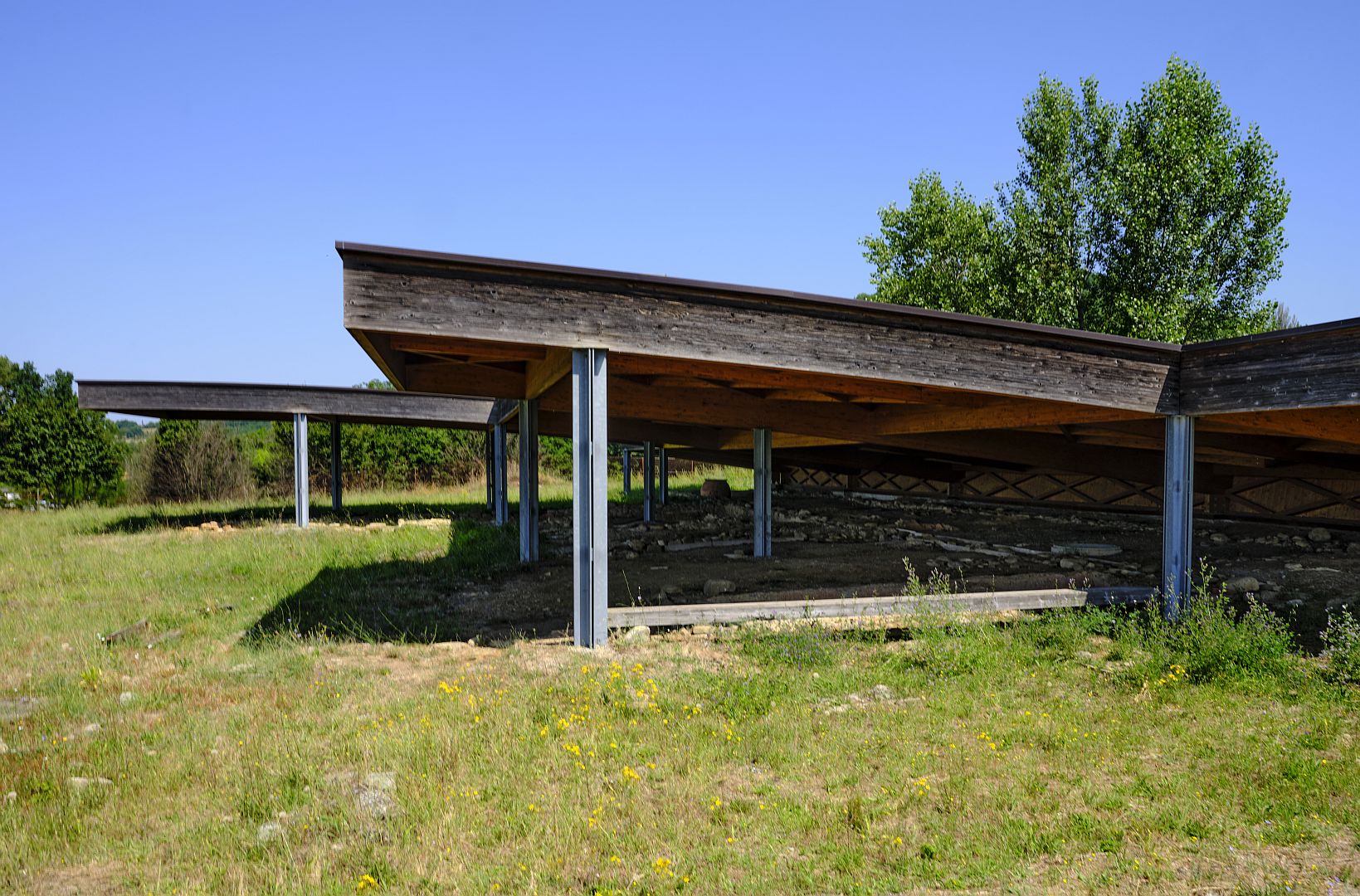
Supposedly many of the finds from the excavation are now on display in a museum in a nearby town, but I couldn’t find it. Still, it was nice to look around at the countryside, and imagine PTY sitting there looking at something like the same view after a hard day’s letter-writing. Actually, he was also a lawyer and a magistrate in Rome, so he only spent his holidays here.
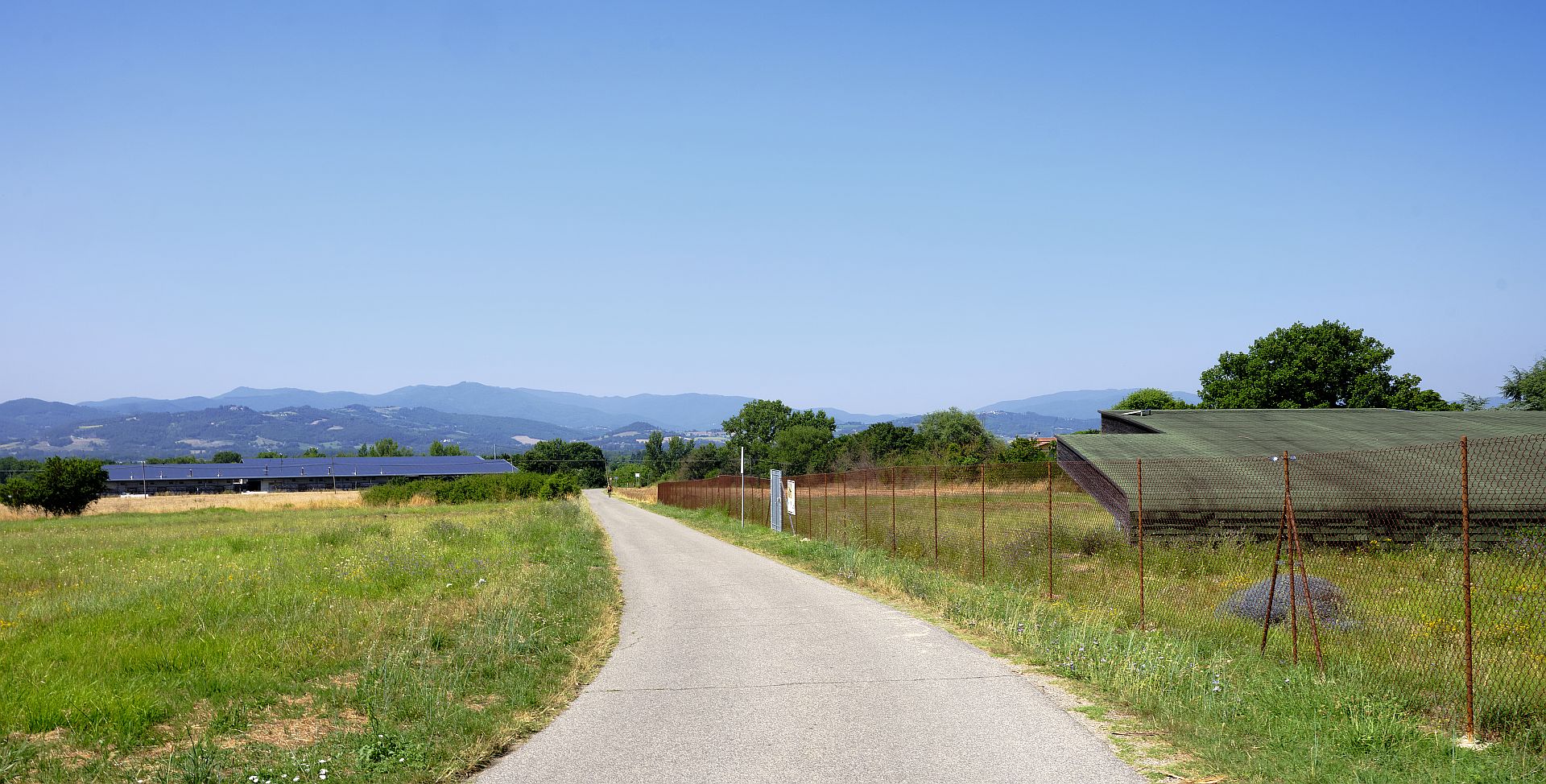
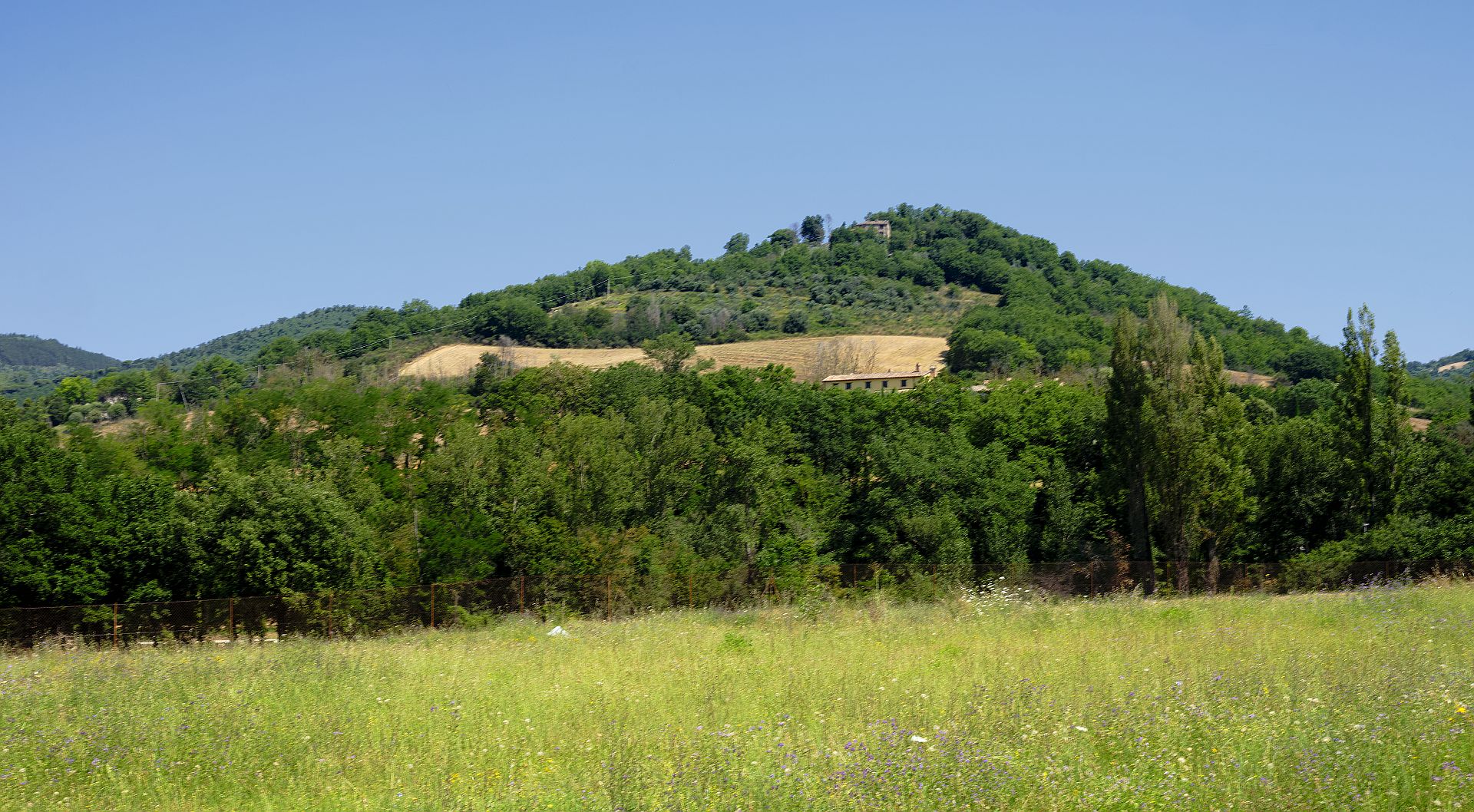
Pliny the Elder, on the other hand, was a polymath who, in addition to several military histories that have not survived, wrote an enormous work of natural history, really the first of its kind. Last year I was overjoyed to find that in his Naturalis Historia he mentioned the grape variety known as “Grechetto”, and described it as “peculiaris est tudernis”, or “typical of Todi”. You can still buy a bottle of Grechetto in the supermarkets of Todi.
Cospaia
Checking out PTY’s villa didn’t take long, so from there I headed off to Cospaia, a small village which had about 250 inhabitants in the 15th Century, and I’d guess a bit fewer now. And Cospaia, despite its modesty, became an independent republic. By mistake. And stayed that way for almost four hundred years because no-one could be bothered fixing it.
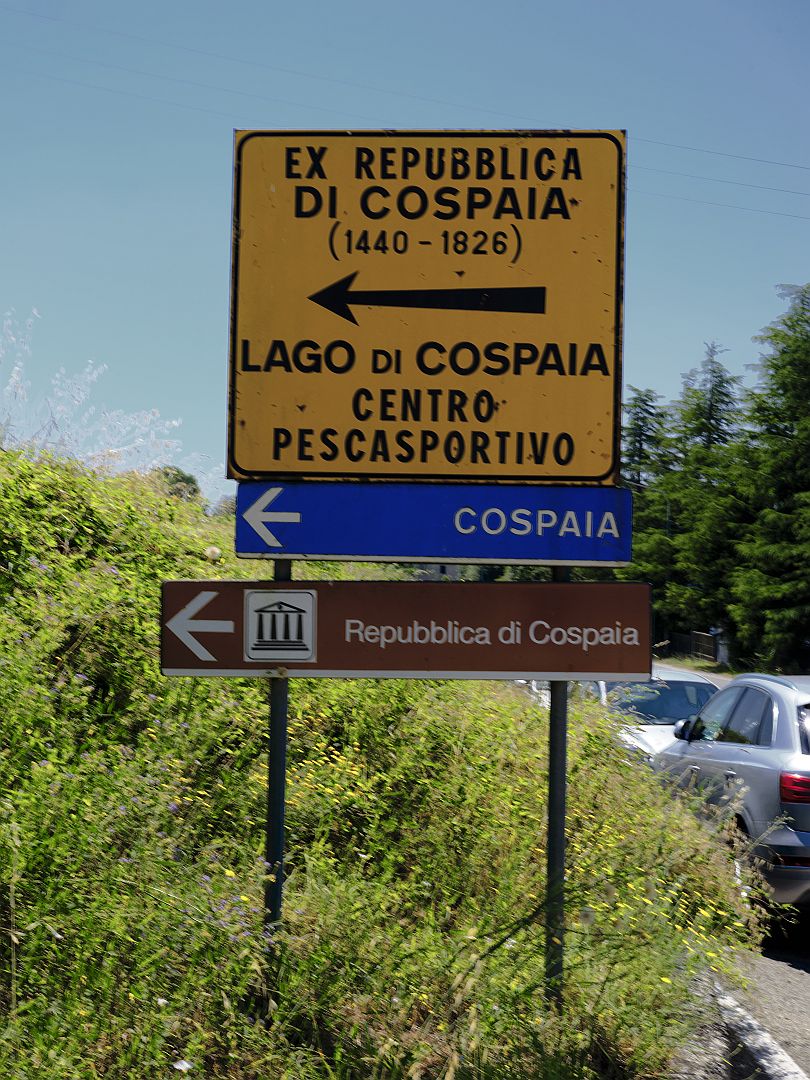
Back in the 1400s the Pope of the day (Eugenius IV) was running short of cash. The neighbouring Republic of Florence (later Grand Duchy of Tuscany), run for all practical purposes by the very wealthy Cosimo de’ Medici, had cash to spare. So in 1440 an agreement was reached whereby the town of Sansepolcro and its territory would be sold to Tuscany, and officials on both sides were set to work to establish where the new border should run, and draw up the treaty which would formalise it.
Rivers make obvious and unambiguous boundaries, provided there is no confusion about which river is intended. But in central Italy, any little dry creek bed tends to be called Rio. And in Cospaia there are two, about 500 metres apart, either side of the village. You can see where this is going, can’t you? The Papal cartographers selected the one nearest to them, and the Florentine cartographers assumed their instructions referred to the one nearest to them. The result was that Cospaia ended up neither in the Papal States, nor in Tuscany.
It is at this point that one thinks of the 1959 Peter Sellers film The Mouse That Roared, about the fictional independent duchy of Grand Fenwick that declares war on the United States. In the film about Cospaia I can see Alistair Sim as Eugenius IV, and maybe Alec Guinness as Cosimo de’ Medici. And of course Peter Sellers as the Mayor of Cospaia. Or maybe Peter Sellers could have played several of the main parts, as he did in The Mouse that Roared, and Dr Strangelove.
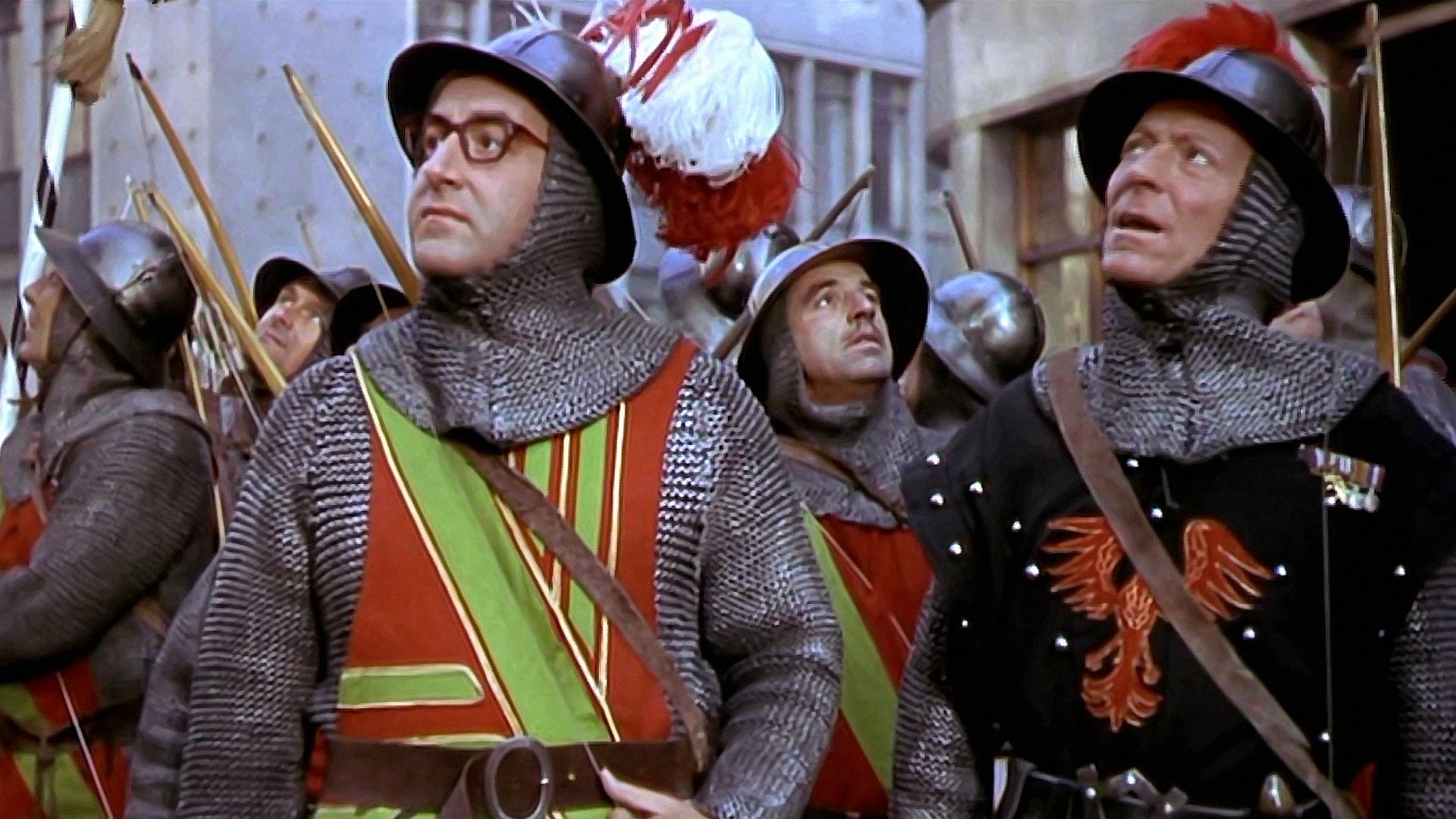
One can see him wandering over to the newly-built Papal border post. “Are we in your territory?” “No”. Then over the hill to the Tuscan border post. “Are we in your territory?” “No”. So like Asterix and his indomitable Gauls they declared the independent Republic of Cospaia.
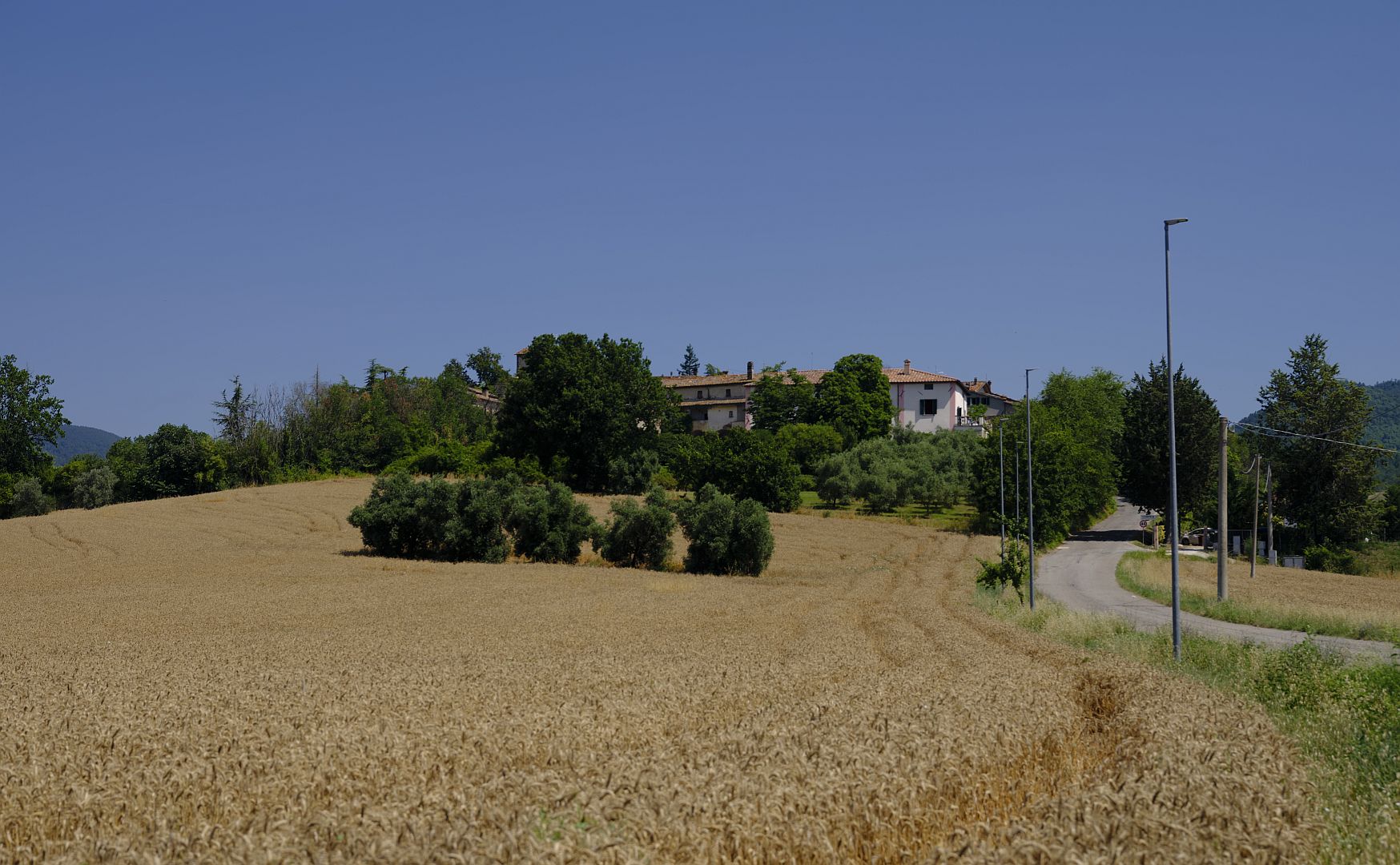
Anyway, the mistake was soon noticed, but the negotiations had been difficult and no-one felt like re-opening them just yet, for the sake of possession of a little place that no-one much cared about.
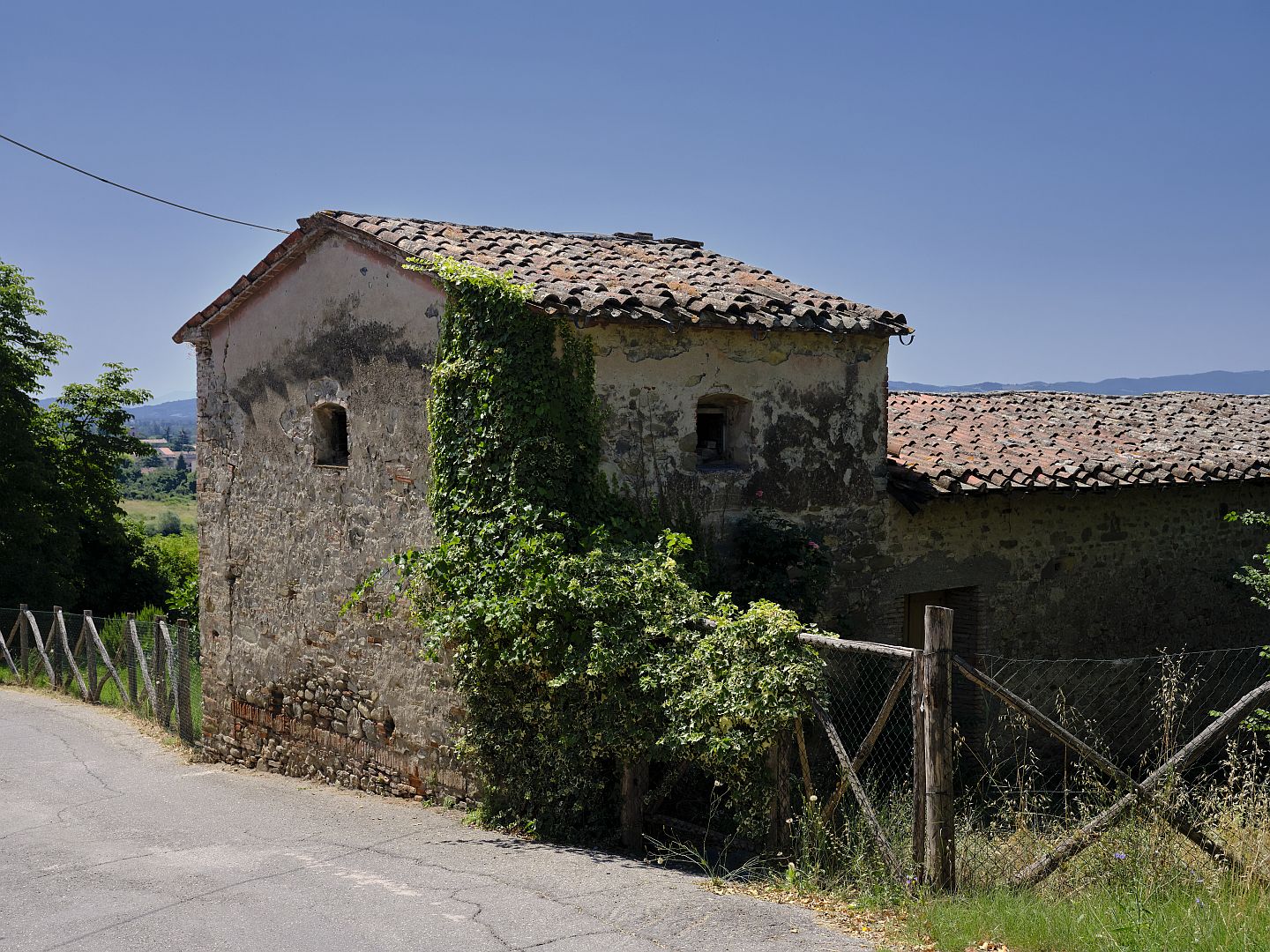
But less than a hundred years later, along with syphilis and a lot of silver and gold, the Spanish started importing tobacco from the New World. The Pope, finding scriptural reasons, banned tobacco altogether in his territories and made its import a crime punishable by excommunication. The Tuscans, like most other European jurisdictions, simply levied a massive excise on it. Cospaia, faced with neither eternal damnation nor a large tax, saw its opportunity, and the few acres between its ambiguously-named streams became a lucrative tobacco monoculture, with the crop smuggled into both its neighbours through the fields and woodlands.
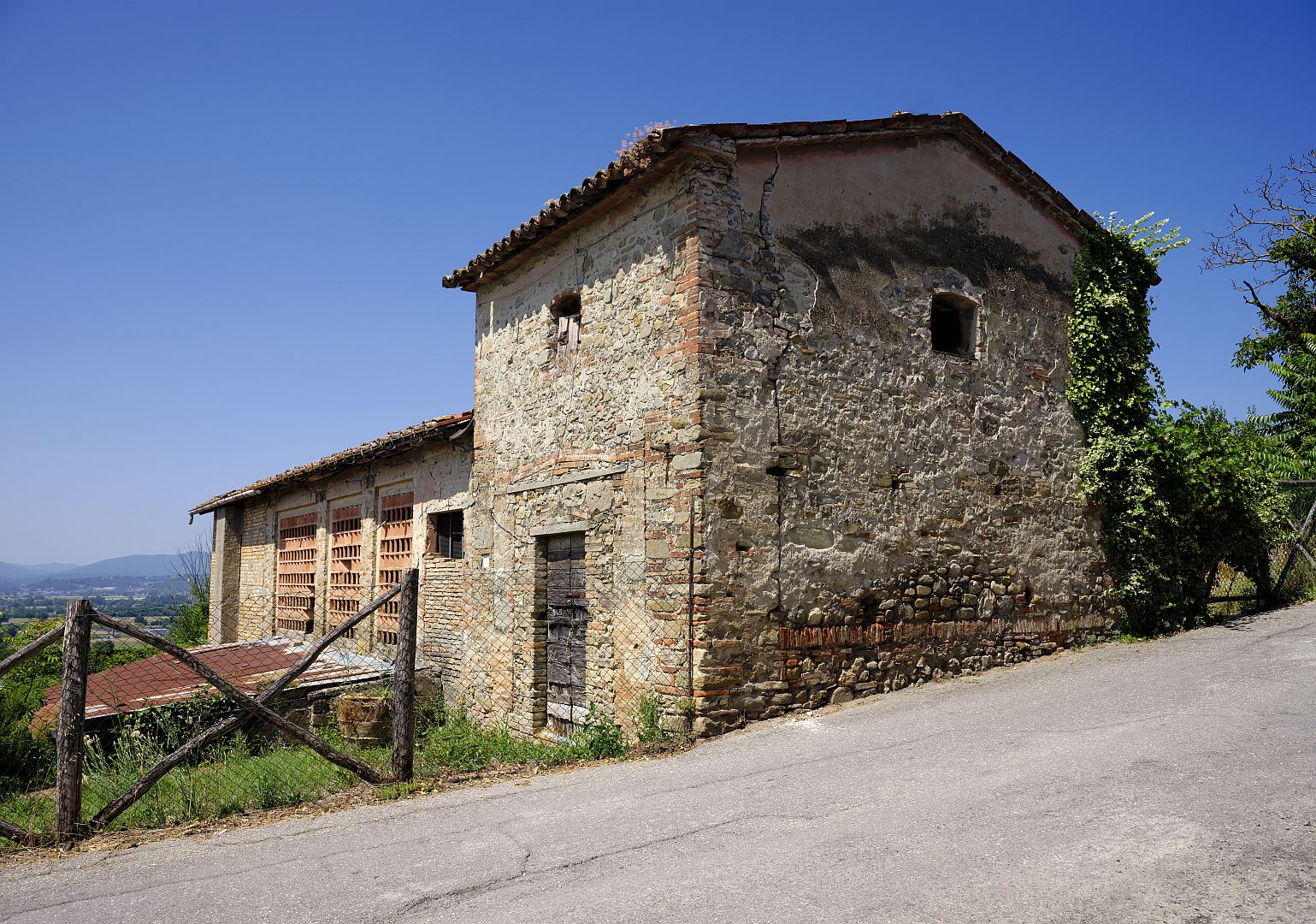
People say that Italian bureaucracy is slow to act, but eventually all the smuggling became too irritating, and act it did. After a mere 386 years it swung into action and renegotiated the treaty, placing Cospaia in the Papal States for another forty years or so, until Italian unification divested the Vatican of its secular dominions. But the Papal Government had by then decided that smoking was not a grave sin after all, and allowed Cospaia to continue cultivating tobacco in return for a cut of the proceeds.
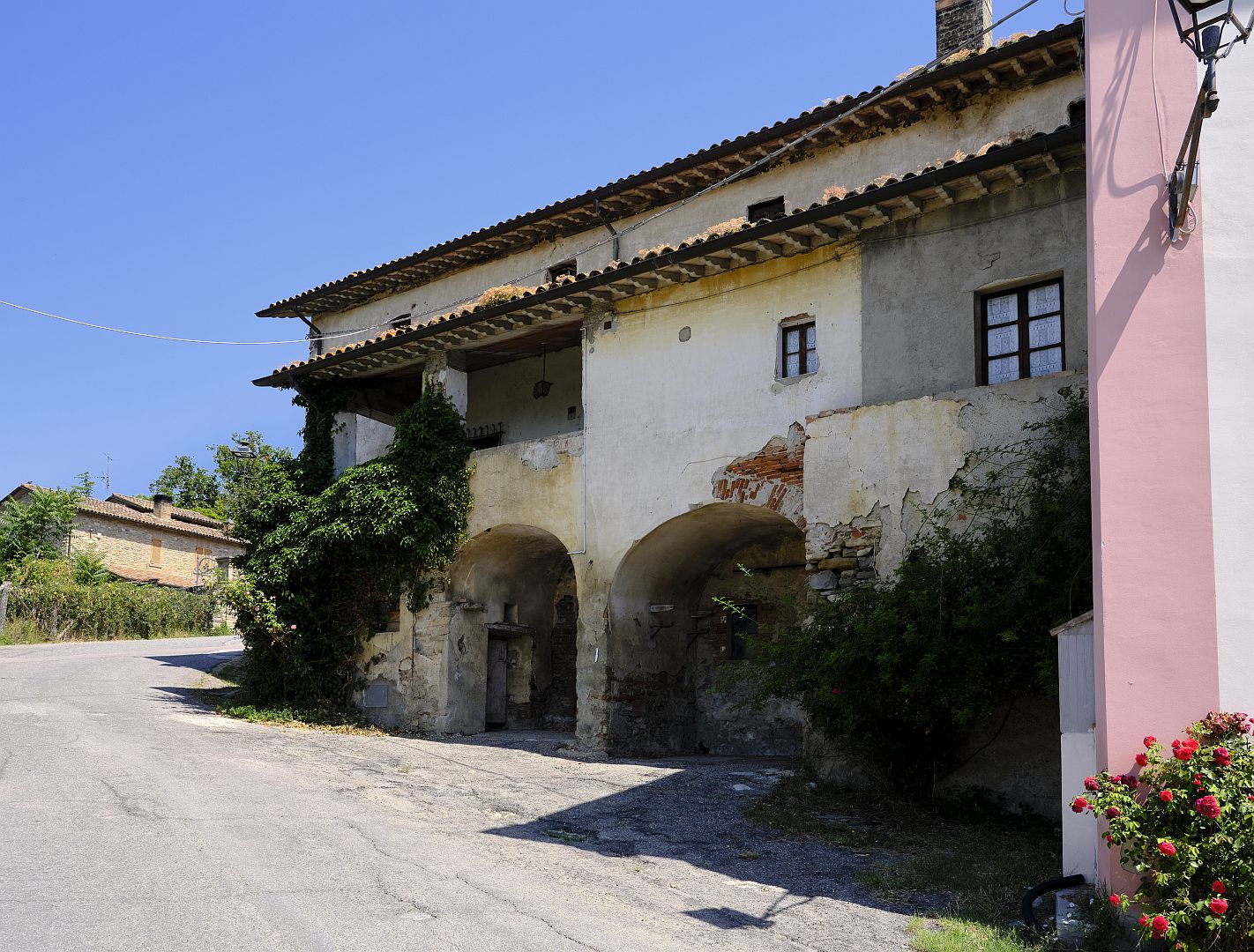
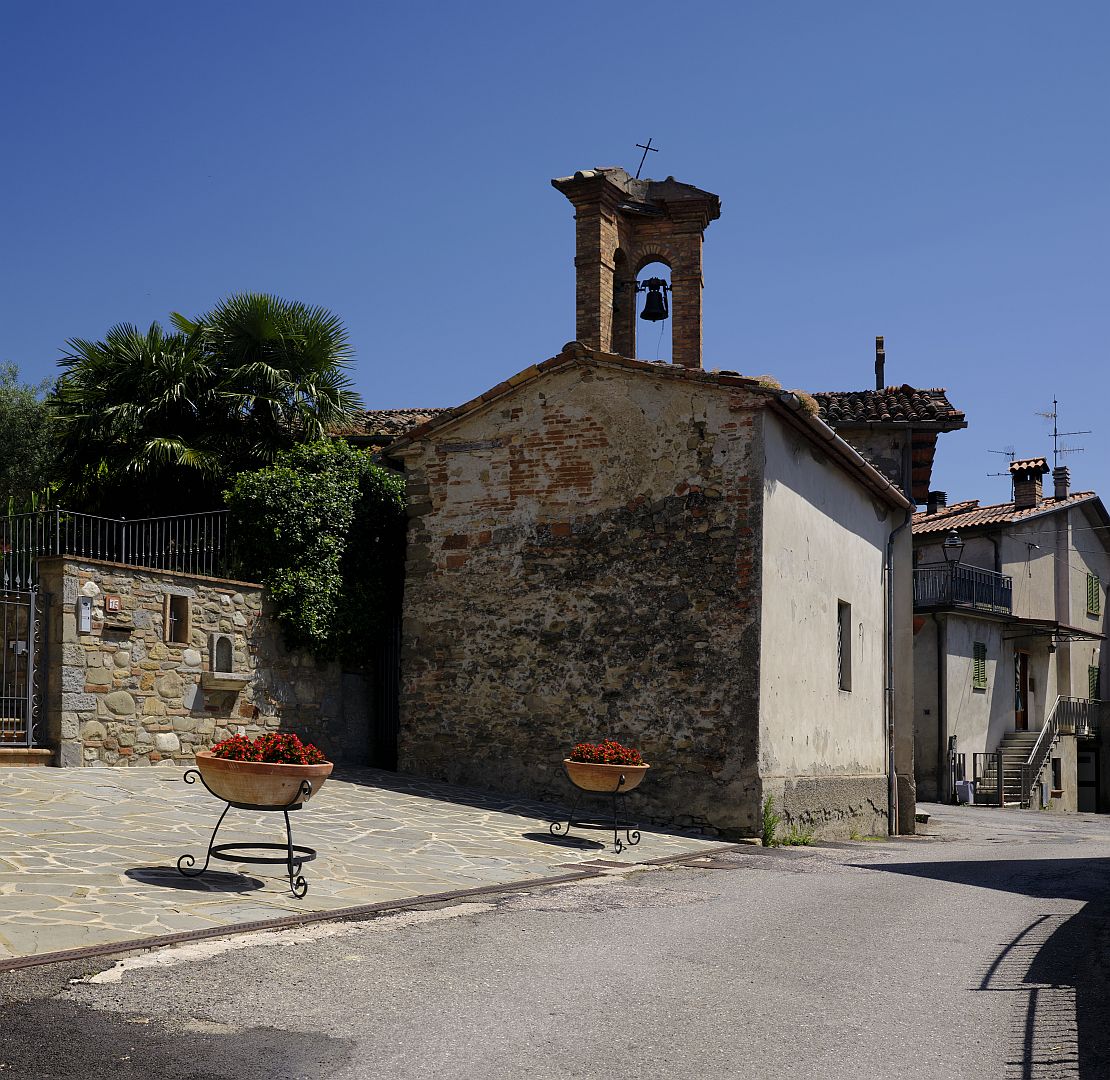
These days Cospaia is a pretty, sleepy little place, dreaming of past glories. But reminders of those past glories are everywhere. The main street is the Via Della Repubblica, there is a Tobacco Road, and signs to a “smugglers’ trail”. Above the door of the village church there is a dedication not to some patron saint, but to “perpetual and established liberty”.
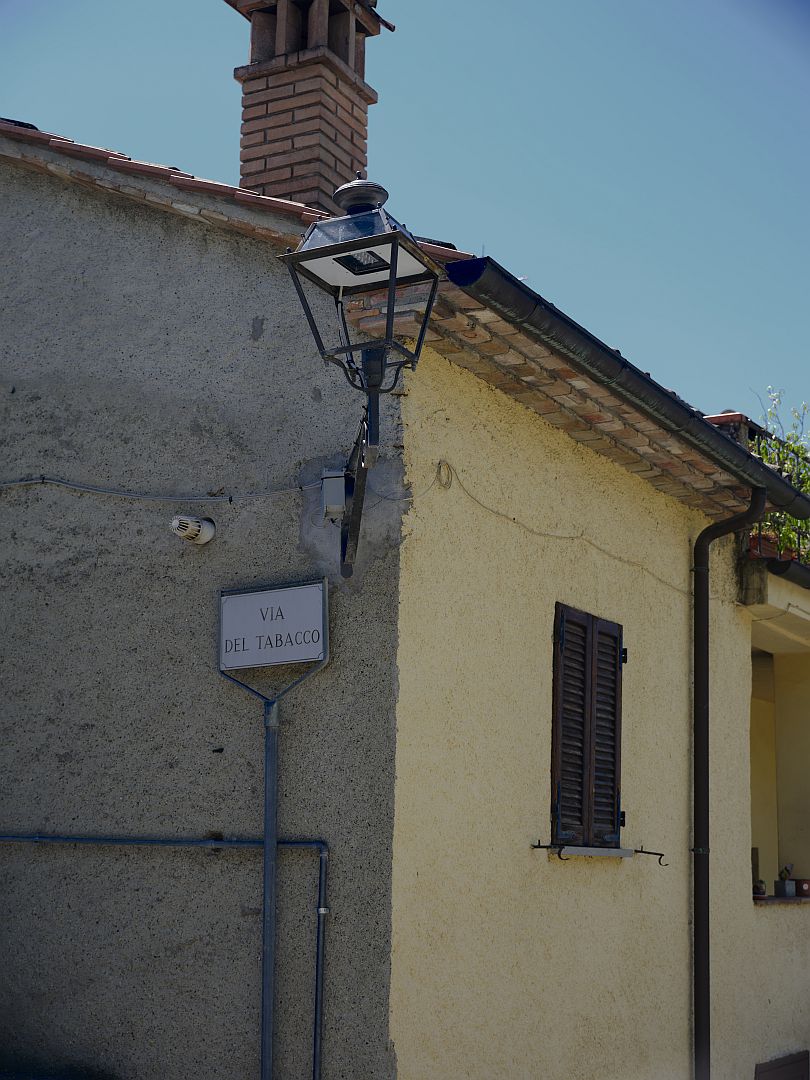
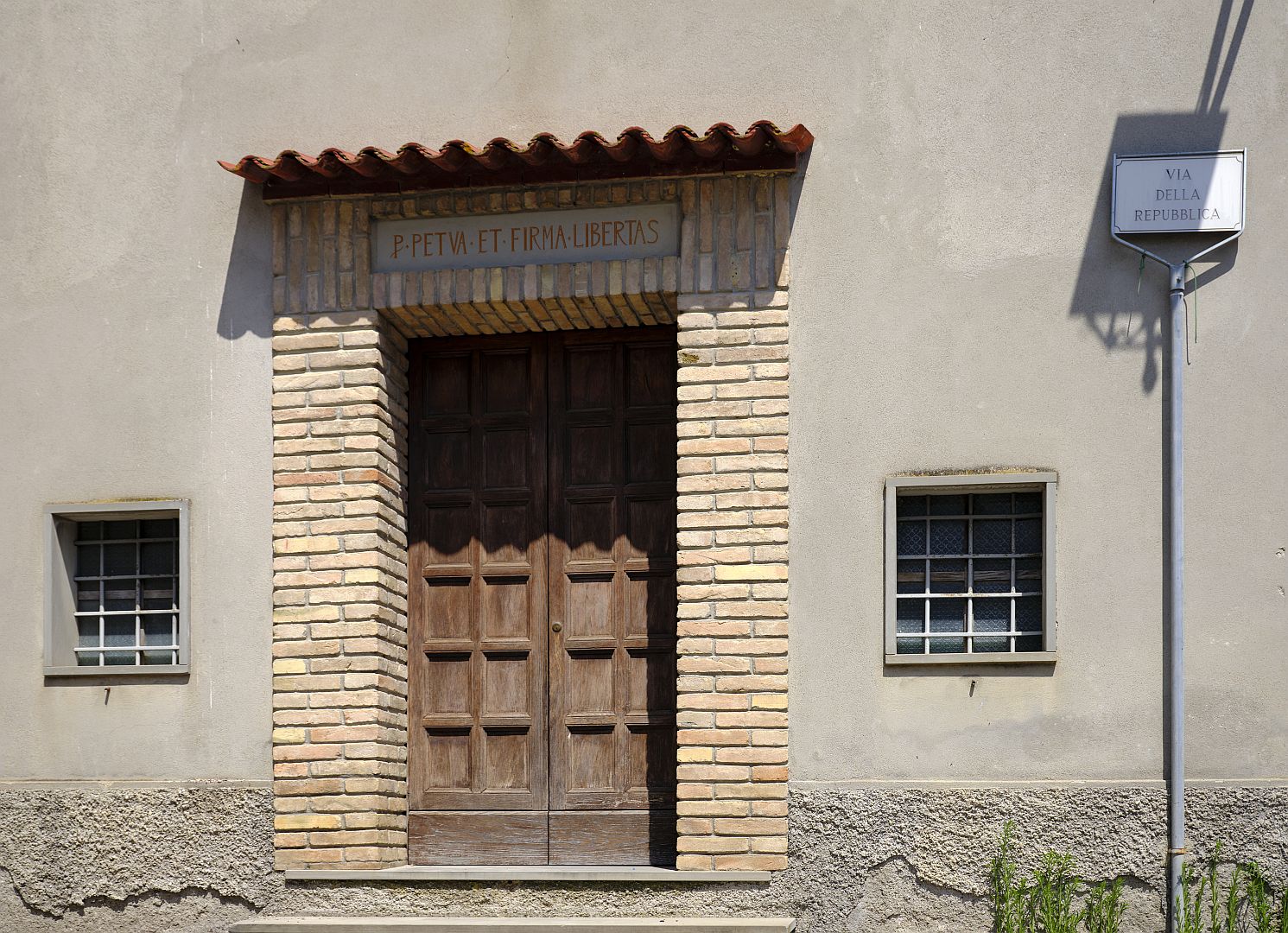
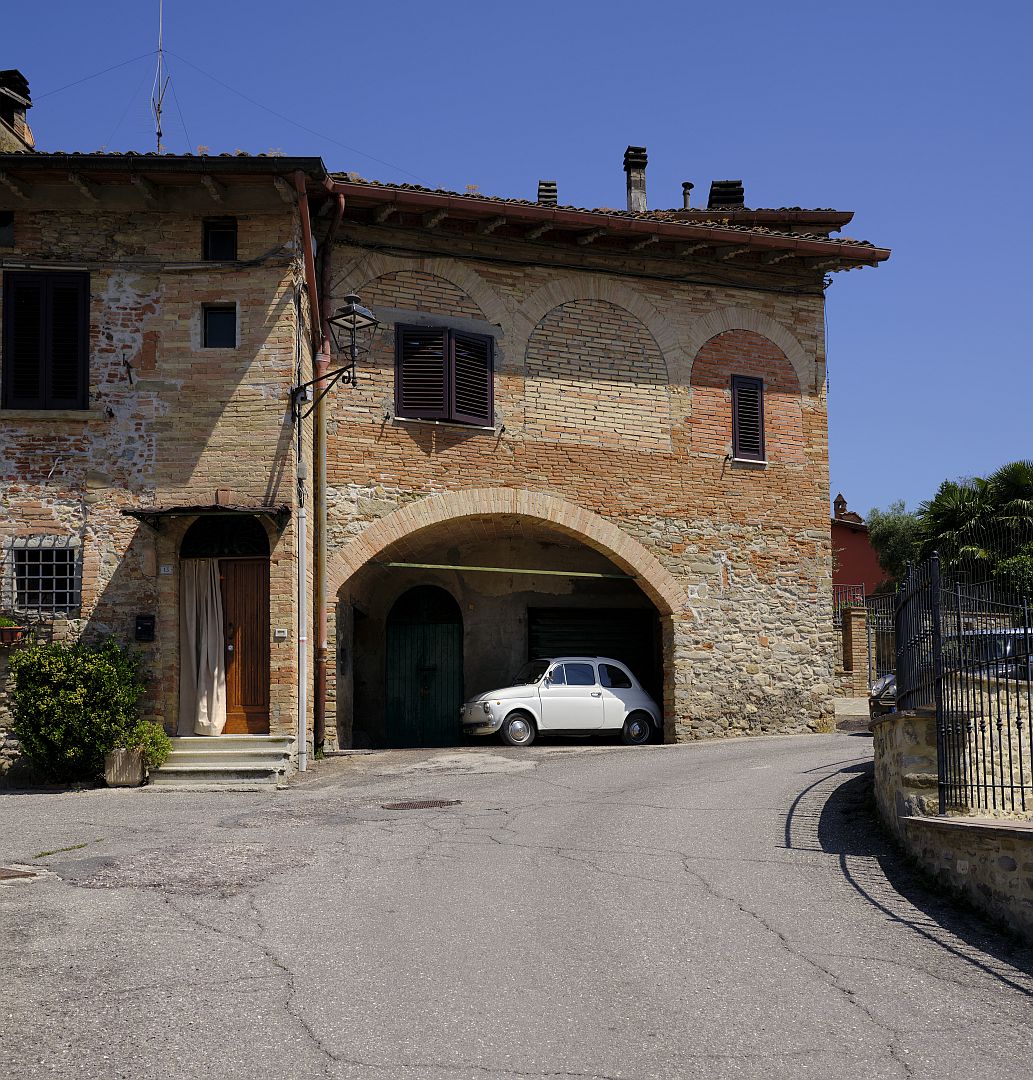
I wandered through Cospaia and took a few photos. After that I drove up the Apennine slopes and through the pass of Bocca Trabaria into Marche. As I ascended via many a hairpin bend, passing panting cyclists and daredevil motorcyclists on the wrong side of the road, the temperature dropped about five degrees which was most welcome. The views were not great – after a couple of still days the central Italian valleys quickly fill with heat haze.
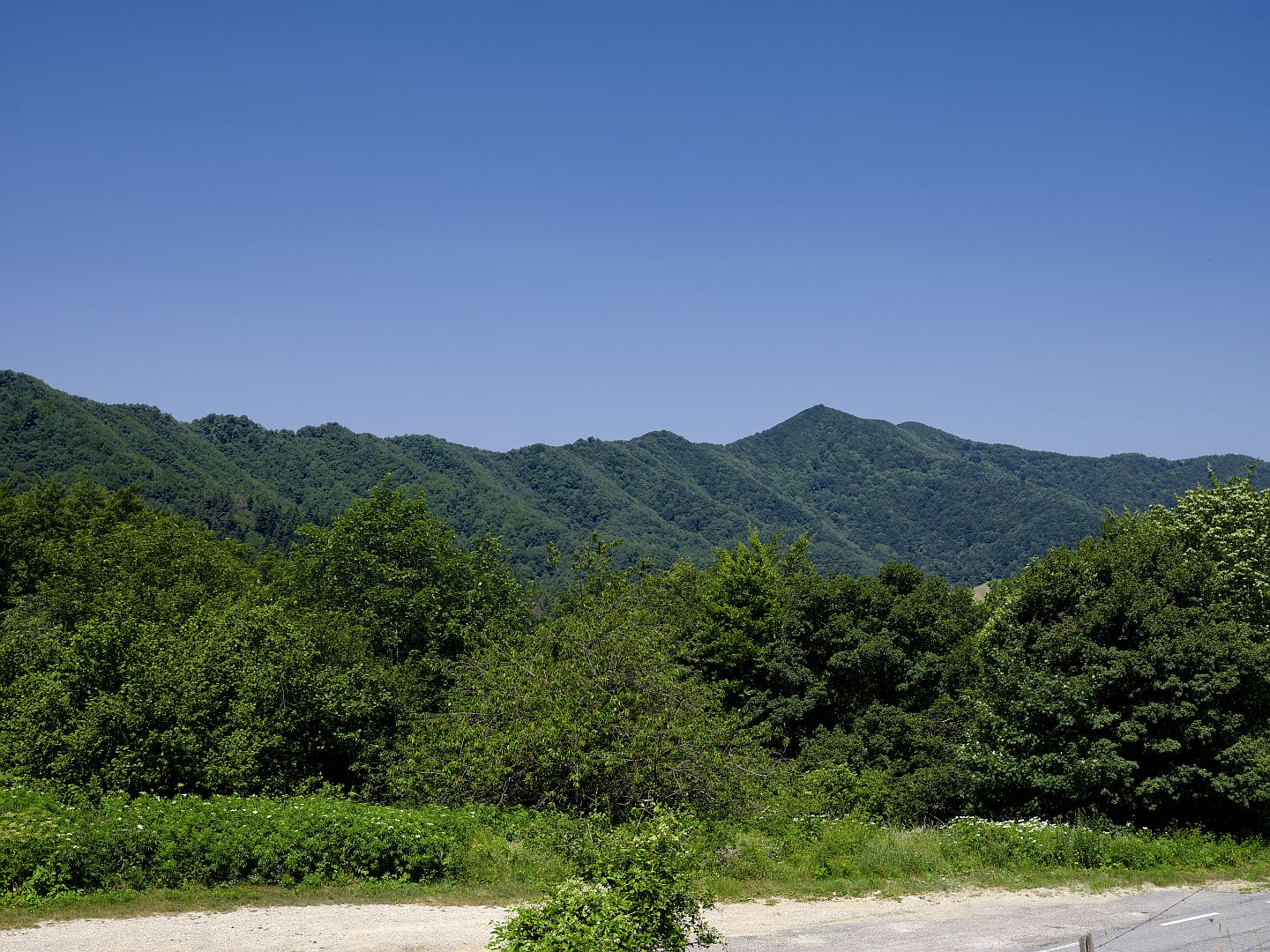
But it was quite heavily wooded – these bits of the Apennines are not high enough to be above the treeline as they are in Abruzzo. Apparently in ancient times the forests were a source of timber for Roman shipbuilding, with the logs floated down the infant Tiber towards Rome. It seems this would have been a major source of income for Pliny the Younger’s villa, down in the valley below.
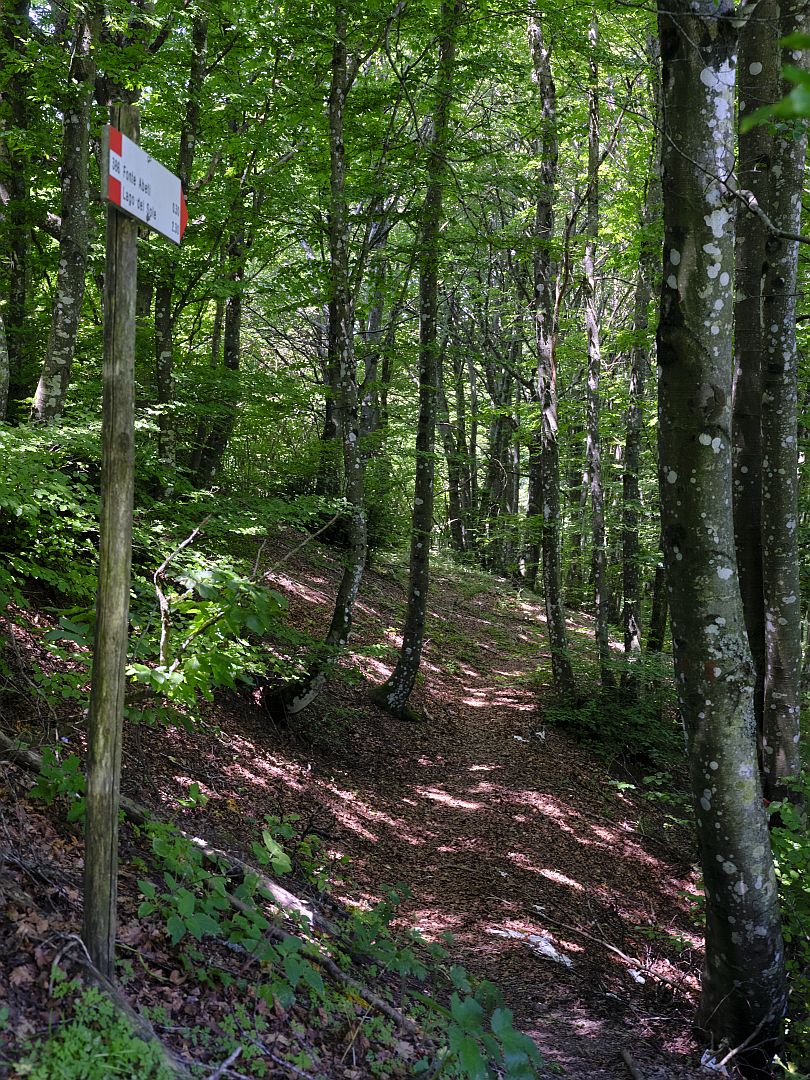
Note: this post is intended to make a pair with another about the border area, describing when the Florentines and Perugians built a pair of border forts, and gave them rude names.
Sources
A good recent book about the two Plinys is In the Shadow of Vesuvius, A Life of Pliny by Daisy Dunn. The title is doubly misleading, as it is only partly about the eruption, and it is in fact a biography of both Plinys, PTE and PTY. I can only assume that it was the publisher’s marketing department that made the decisions, but I can recommend it anyway.
References to Cospaia and its accidental independence can be found in Umbria, A Cultural Guide, by Ian Campbell Ross, in Umbria by Patricia Clough, and most entertainingly in Philip’s Travel Guides – Umbria by Jonathan Keates, with photographs by Joe Cornish.

One Reply to “Cospaia – the Accidental Republic”